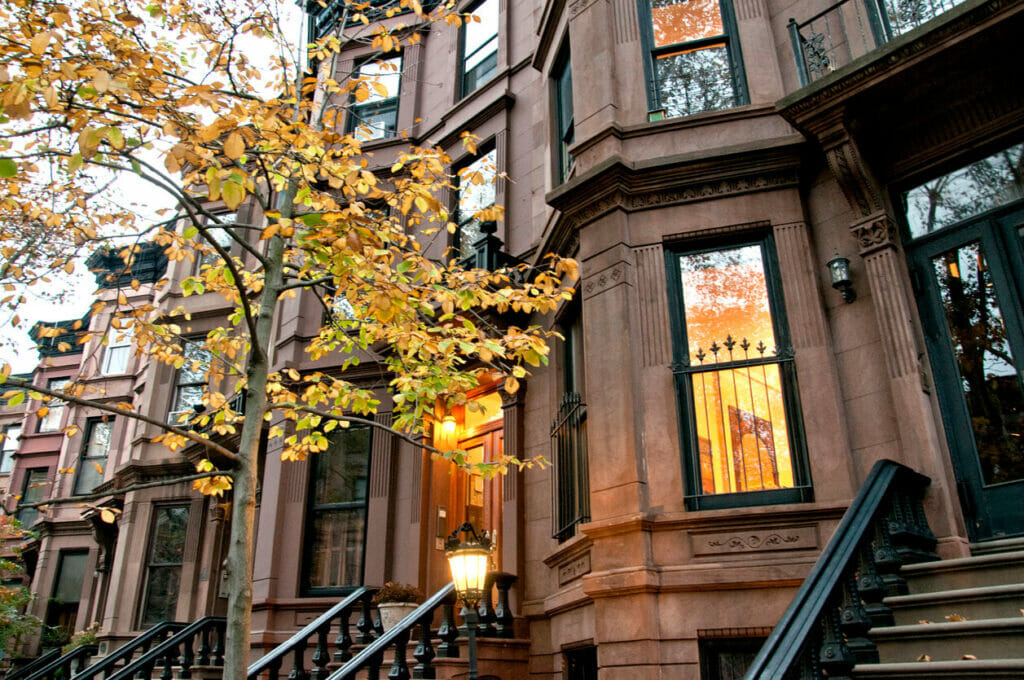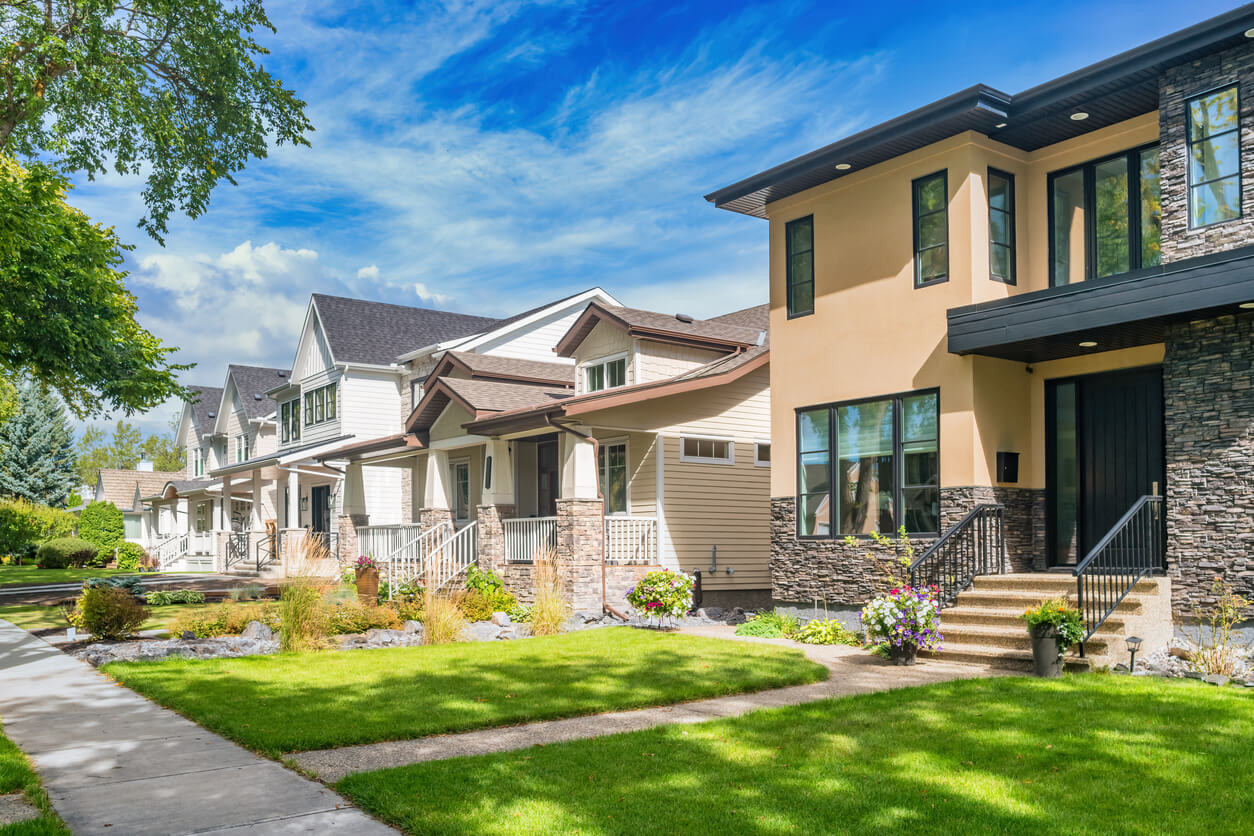Love them or loath them, HOAs have become noticeably prevalent in the United States. There are a couple of reasons for this increase.
Table of contents
Reasons why HOA communities are on the rise
Firstly, members may appreciate the maintenance and landscaping perks. You would be hard-pressed to find someone who looks forward to shoveling snow in the winter. Some owners are spared backaches and frozen toes in exchange for the monthly dues they pay to the association.
Members also get access to semi-private amenities such as pools, parks, and clubhouses. They don’t have to clean the water or arrange for repairs when something breaks down, nor do they have to travel far from home to enjoy community amenities.
Secondly, developers are building more of these communities because they are profitable. Homeowners associations have been on the rise since the 1960s – the result of the suburban housing development boom and, in some unfortunate cases, a desire to keep marginalized groups out of the neighborhood.
Today, while discrimination does still exist, HOAs are much more inclusive – although the homes within these developments tend to be more expensive. That’s because the homes are usually better cared for (thanks to HOA rules and bylaws) than homes that do not belong to governed communities. As a result, they can sell for more.
And the final point to consider has to do with the cities or areas in which the HOAs are developed. If the developer creates private streets, builds private sewer systems, adds a pool, etc. to attract buyers, those buyers also have to pay for the infrastructure via fees or dues. The city ends up saving money because it doesn’t have to put in the street or maintain the sewer system. Moreover, the cities still get to collect property taxes.
HOA communities are lucrative. In fact, the real estate value of all community associations and their units exceeds $2.25 trillion, approximately 17% to 19% of the total value of U.S. residential real estate!
The estimated annual operating revenues for U.S. community associations is more than $35 billion. Most of this money goes towards the associations’ local economies for maintenance, products and services.
So even if HOAs aren’t everyone’s first choice, U.S. homeowners can expect to see more of them.
Interesting HOA stats
States with the most HOAs
- California: 49,520 HOAs
- Florida: 48,940 HOAs
- Texas: 21,470 HOAs
California and Florida have the most HOA communities in the U.S. Geographically, California is the third largest state, and it is the most populous. With so many people and a fair bit of space, it’s not too hard to see why cities and developers like governed communities. Some members also enjoy the fact that they can use a pool or access outdoor space whenever it’s convenient for them; many regions don’t even get snow.
Florida’s population has been increasing steadily for over two decades; it is one of the fastest-growing states in the U.S. The weather is suspected to be the main reason so many people are moving here. But, Florida doesn’t have state income tax, which means people might also save some money by relocating.
Florida of course has a large population of older adults, and many prefer a hassle-free lifestyle. The state has numerous 55+ HOA communities to cater to their wants and needs.
Interestingly, Florida is also home to the largest HOA in the U.S.
HOAs gained steam in Texas after the Clean Water Act was passed in 1977. The act required neighborhoods to establish retention ponds to control stormwater runoff, and with the compulsory shared spaces came the need for central management. Today, most HOAs offer much more than stormwater management to owners.
Americans are also moving to Texas because it is more affordable and there is no state income tax. More people spark a need for more homes, and HOAs may provide hundreds of housing units to prospective buyers at one time.
States with the fewest HOAs
- Mississippi: fewer than 1,000 HOAs
- Wyoming: fewer than 1,000 HOAs in Wyoming
- Arkansas: fewer than 1,000 HOAs
Mississippi has a modest population with a density of just 63.2 people per square mile. 51.2% still live in rural areas, making it the country’s fourth largest rural population.
Wyoming is the least populous state despite being the 10th largest by area. It has the second-lowest population density in the U.S.
Arkansas has a population of over just 3 million people. While this state is experiencing modest growth, older demographics who are close to or have already retired are contributing to the increase. While the cost of living is low here, the state also experiences above-average poverty rates.
Given the relatively low population of these three states, it makes sense that there are fewer HOAs.
Cities with the highest HOA fees
- New York City, New York: $653
- Boston, Massachusetts: $444
- San Francisco, California: $390
No surprises here. Living in New York, Boston or San Francisco is expensive, and the high HOA fees reflect the above-average costs. Housing, food, utilities, and goods and services are all higher. But in return, people have an opportunity to make more money and engage in more social activities.

Cities with the lowest HOA fees
- Dallas, Texas: $98
- Detroit, Michigan: $114
- Atlanta, Georgia: $117
There are several possible reasons why HOA fees are so low in these cities. Newer associations can often get away with charging lower fees because there is less maintenance work to complete. Conversely, older communities with older systems need to charge more because parts and materials are constantly needing to be replaced. Then there’s the general cost of living in the city. Detroit is considered an affordable city, and Dallas and Atlanta are cheaper than other major urban areas. Finally, HOAs in these cities may not have some of the more luxurious amenities that other communities have.
Cities with high HOA ratings
- Fort Collins, Colorado
- Fresno, California
- Indianapolis, Indiana
- Newark, New Jersey
- Frisco, Texas
It must be noted that the report used to generate both the high and low rating results only used a very small sample of owner feedback from one resource. The report took the population of the cities, and the concentration of HOAs into account, however, it did not actively seek feedback from HOA members. That means that if happy HOA members didn’t leave a review, their city may have not made the cut.
There are good (and not-so-good) HOAs in every city, so take these results with a grain of salt.
Positive reviews from these cities include testimonies of the owners’ HOAs going above and beyond with maintenance, response times, rule enforcement and education, and minimal paperwork.
Cities with low HOA ratings
- Fort Worth, Texas
- Huntsville, Alabama
- Tallahassee, Florida
- St. Louis, Missouri
- Louisville, Kentucky
Negative reviews from the HOA members living in these metro areas noted that fee increases were too high, fees for services were also too high, and response times were unreasonably long.
Conclusion
We expect to see even more HOA communities appear in the U.S. over the next few years. While they aren’t for everyone, properly managed, well-funded associations can create a welcoming and enjoyable neighborhood for all of their members.


